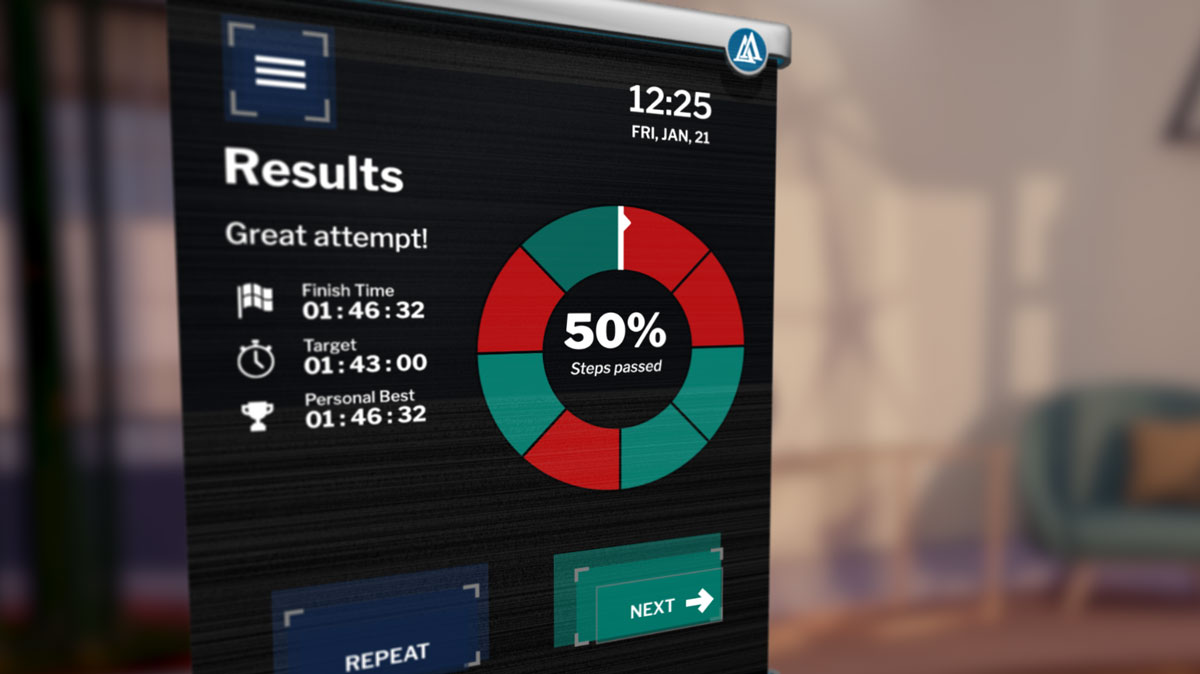
In today’s rapidly evolving business landscape, virtual reality (VR) training has emerged as a transformative force, fundamentally changing the way organisations approach skill development and workforce training. As VR technology continues to advance, data analytics has become an increasingly vital component of these training programs, enabling organisations to optimise their training processes, identify areas for improvement, and boost workforce performance. This blog explores the significance of incorporating data analytics into VR training programs and how companies are leveraging this powerful tool to drive continuous improvement.
The Indispensable Role of Data Analytics in VR Training
Data analytics has swiftly become a crucial aspect of contemporary VR training platforms, providing invaluable insights into learner performance and training module efficacy. By monitoring user data and analysing it, organisations can identify patterns and trends that inform decision-making and enhance the training experience (Kai, X., & Ru, Z., 2018).
Identifying Areas for Improvement
One of the most remarkable benefits of data analytics in VR training programs is its ability to reveal areas that warrant additional focus. By scrutinising user performance data, trainers can pinpoint specific skill or knowledge gaps that require attention (Alaker, M., Wynn, G. R., & Arulampalam, T., 2016). This information enables organisations to tailor their training programs more effectively, ensuring that employees receive the necessary support to excel in their roles.

Enhancing Workflow Efficiency and Performance
In addition to detecting areas for improvement, data analytics can help organisations optimise their workflows for increased productivity and efficiency. By examining learner performance in VR training environments, trainers can glean insights into the most effective methods and techniques for task completion (Fowler, C., & David, G., 2017). These insights can then be applied to real-world workflows, resulting in improved overall performance and a more efficient workforce.
Fostering Continuous Improvement through Data-Driven Decisions
Incorporating data analytics into VR training programs enables organisations to make decisions grounded in solid data, fostering continuous improvement. By gathering and analysing performance data, companies can detect trends and modify their training programs accordingly (Makransky, G., & Lilleholt, L., 2018). This ongoing process ensures that organisations are consistently refining and enhancing their training efforts, yielding a more effective and adaptable workforce.
A Real-World Example: Data Analytics in VR Training
Researchers at the University of Leeds in the United Kingdom conducted a study that demonstrated the powerful impact of data analytics in VR training. The study investigated the benefits of combining VR training with data analysis for training medical professionals, revealing that this approach significantly improved participants’ skills and confidence when performing complex medical procedures (Culmer, P. R., et al., 2019).
Incorporating data analytics into virtual reality training programs unlocks a multitude of benefits for organisations across various industries. By harnessing the wealth of data generated through VR training, companies can identify areas for improvement, optimise workflow efficiency, and make data-driven decisions that foster continuous growth and development.
Virtual reality training platforms, such as Mersus Technologies‘ Avatar Academy, produce vast amounts of valuable data, providing organisations with the opportunity to tailor their training programs more effectively. Mersus works closely with clients to determine the metrics most relevant to their needs and to analyse those metrics for actionable insights. This personalised approach ensures that companies can consistently refine and enhance their training efforts, resulting in a more efficient, skilled, and adaptable workforce.
As VR technology and data analytics continue to advance, organisations that embrace these innovative tools will be better positioned to thrive in today’s competitive business landscape. By leveraging the power of data analytics in virtual reality training programs, companies can foster a highly skilled workforce equipped to tackle the challenges of the future.
References:
Culmer, P. R., Alazmani, A., Levesley, M. C., Henson, B., & Burke, D. (2019). Data-driven haptic feedback for clinical training in virtual reality. IEEE Transactions on Haptics, 12(4), 453-466.
Fowler, C., & David, G. (2017). VR and workplace training. XRDS: Crossroads, The ACM Magazine for Students, 23(4), 24-28.
Kai, X., & Ru, Z. (2018). Virtual Reality Training and Its Application in Enterprise Employee Training. Advances in Social Science, Education and Humanities Research, 213,